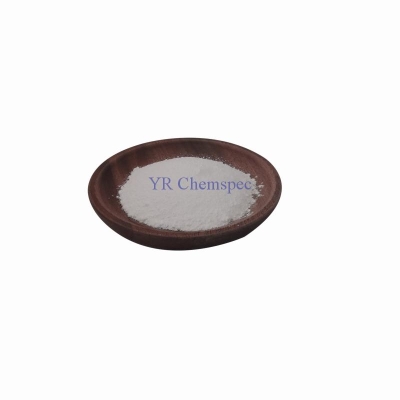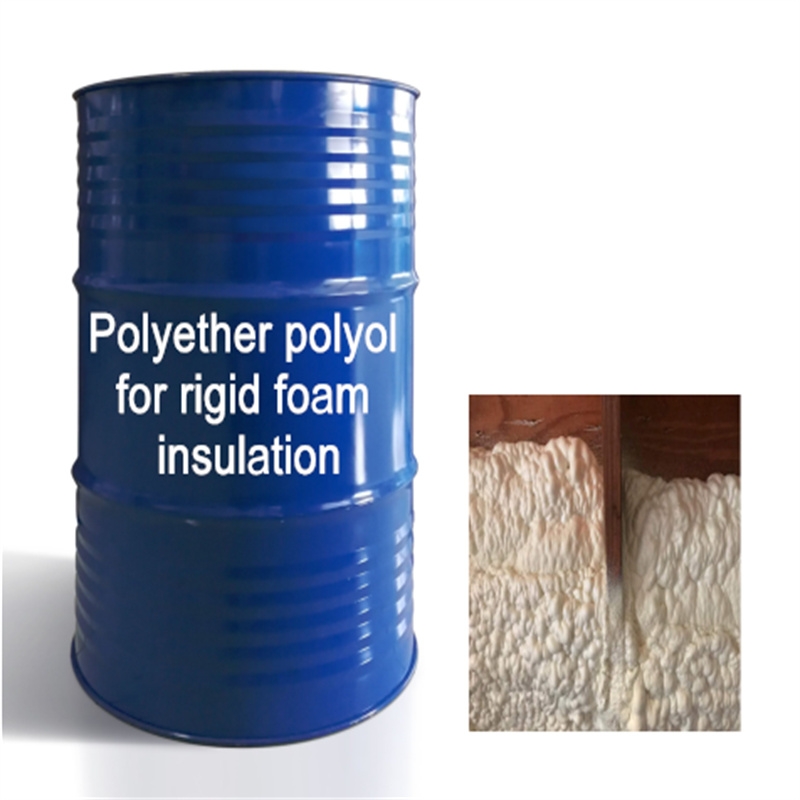-
Categories
-
Pharmaceutical Intermediates
-
Active Pharmaceutical Ingredients
-
Food Additives
- Industrial Coatings
- Agrochemicals
- Dyes and Pigments
- Surfactant
- Flavors and Fragrances
- Chemical Reagents
- Catalyst and Auxiliary
- Natural Products
- Inorganic Chemistry
-
Organic Chemistry
-
Biochemical Engineering
- Analytical Chemistry
- Cosmetic Ingredient
-
Pharmaceutical Intermediates
Promotion
ECHEMI Mall
Wholesale
Weekly Price
Exhibition
News
-
Trade Service
On November 25th, Beijing time, the top international academic journal Nature published two research papers from Chinese scientists.
One was the researcher of Beijing High Pressure Science Research Center, Hui Yang, who synthesized a new form of diamond.
—— Subcrystalline diamond.
The other is that the team of Professor Liu Bingbing of Jilin University realized the synthesis of millimeter-level nearly all sp3 amorphous carbon bulk materials, marking the addition of two new members to the carbon material family
.
Finding new carbon materials has always been a frontier scientific issue in the field of materials
.
As one of the most abundant elements in nature, carbon has a variety of hybrid bonding methods, and the formed carbon materials have rich structures and different properties, and they are also widely used
The hypocrystalline diamond synthesized by researchers at Beijing High Voltage Scientific Research Center fills in the missing link in the atomic arrangement scale between the amorphous structure and the crystal structure, and provides a key to a deeper understanding of the complex structure of amorphous materials
.
The hypocrystalline structure model essentially introduces a nano-sized mid-range ordered structure into the amorphous matrix
.
Previously, this state of matter has not been discovered in nature or in experiments
The discovery of paracrystalline diamond has added a new structural form to the carbon material family.
It has excellent mechanical properties, thermal stability and unique optical properties.
It has important application prospects in high-end technical fields and extreme environments.
Conducive to the further development of new diamond-like materials
.
Coincidentally, the millimeter-level nearly full sp3 amorphous carbon bulk material synthesized by the researchers of Jilin University also adopts the self-developed key technology of ultra-high pressure large-cavity press
.
They adopted the new construction element of fullerene carbon cage compression-induced collapse to form "amorphous carbon clusters", and the research idea of synthesizing all sp3 carbon bulk amorphous materials in a higher temperature and pressure range.
In addition, in order to break through the pressure limit of the commercial large-cavity press, the researchers used the domestic cemented carbide anvil to break through the pressure limit of the commercial Walker-type large-cavity press, and developed a large-cavity press with a millimeter-level sample cavity.
The key technology for high-pressure generation achieves ultra-high pressures of up to 370,000 atmospheres under high temperature conditions, and this technology has successfully achieved the synthesis of millimeter-level nearly full sp3 amorphous carbon bulk materials for the first time
.
This breakthrough achievement was evaluated by Nature reviewers as "there are few research groups in the world whose large-cavity press technology can achieve such high temperature and pressure conditions", "a major advance in the field of amorphous materials", and "a superhard material.
" A unique member has been added to the family", "providing a novel characterization of physical properties, which is original and extremely interesting in the fields of condensed matter physics and chemistry"
.
Link
Link linkFrom the classification of the material morphology and the degree of order of the atomic arrangement, carbon materials can be divided into long-range ordered crystalline carbon and disordered amorphous carbon
.
Graphite and diamond are typical carbon crystals, which are formed by carbon atoms through all-sp2 bonding and all-sp3 bonding, respectively
In recent years, amorphous materials have attracted more and more attention due to their distinctive characteristics that are different from crystalline materials, such as isotropy
.
Exploring new amorphous materials and establishing the relationship between structure and physical properties are important topics in the field of amorphous materials







